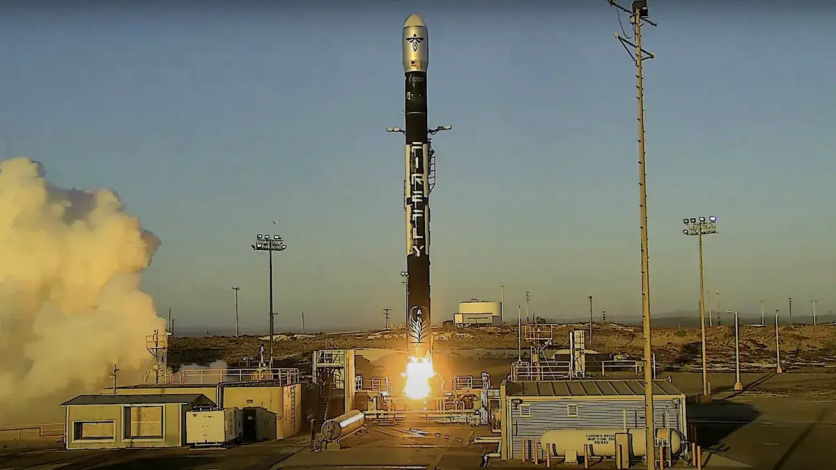A rocket has finally spread its wings as it took off to the skies!
In a flawless test flight on Saturday, Oct. 1. Firefly Aerospace's Alpha rocket successfully launched a number of miniature satellites into Earth orbit for the first time ever, according to a report by Space.com.
Saturday saw the launch of a test mission called "Alpha Flight 2: To The Black" by Firefly, a 95-foot-tall (29 meters) rocket from California's Vandenberg Space Force Base.

Alpha's Second Launch
This marks Alpha's second launch into orbit, the first test flight took place at Vandenberg in September 2021, but it was unsuccessful due to one of its four first-stage Reaver engines shutting down too early.
The second test flight proceeded more smoothly; Alpha entered the Californian sky without difficulties and successfully hit its targets. About 2.5 minutes after takeoff, the rocket's two stages separated, and five minutes later, the upper stage entered an elliptical transfer orbit, as per Space.com.
About 53 minutes after launch, the upper stage used its lone Lightning engine to make a quick circularization burn as it moved into an orbit that was intended to be 190 miles (300 kilometers) above Earth.
The mission plan called for the deployment of all three payloads within an hour of liftoff. Tim Dodd of EverydayAstronaut.com said during his webcast of the launch that this did, in fact, happen based on his conversations with the Firefly crew.
It is also interesting to note that Alpha's upper stage was not in communication with a ground station when the deployment took place, which meant that word of this success did not spread right away.
The size of each of the three payloads is comparable to a loaf of bread. One of them, dubbed Serenity, is produced by a nonprofit organization called Teachers in Space.
Read also : NASA Artemis 1 Launch Delayed-SLS Rocket Now Rolling Back to Assembly Building; New Schedule, Other Details
Advancing Space Delivery
Interesting Engineering claimed that this successful launch might have significant implications for the space delivery sector.
It took around ten years to develop the Alpha rocket design, which focused on a launch flow for placing tiny satellites into orbit.
Alpha is not the only remote launch system in the business undergoing its early stages of development; others include Relativity's Terran 1 and Astra's "Rocket 3", as per Interesting Engineering.
However, Alpha is larger and equipped with four Reaver engines from Firefly, which allows it to launch payloads weighing up to 2,200 pounds into low-Earth orbit.
On September 11, Firefly's test flight was scheduled to take off, but it was postponed because of an unexpected dip in helium pressure. The mission was therefore delayed to September 30 due to weather predictions, and it was canceled shortly after engine start-up.
But on Saturday, the Alpha rocket finally earned its wings.
Related Article : China Rocket Launch vs. Bennu: Plans to Target Cataclysmic Asteroid With Slim Chance of Hitting Earth
This article is owned by Tech Times
Written by Joaquin Victor Tacla




